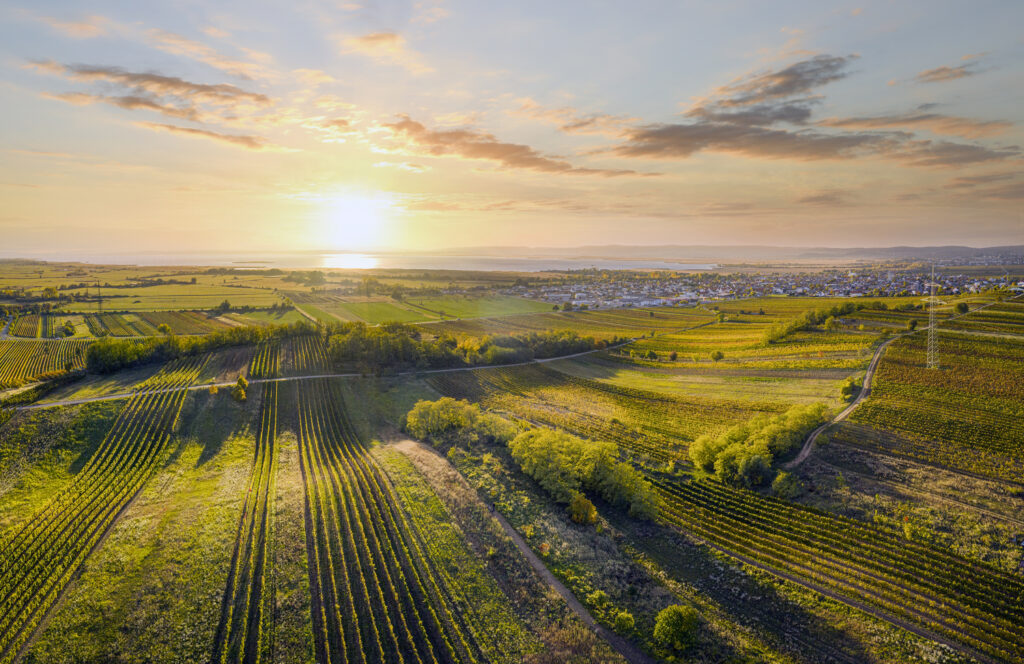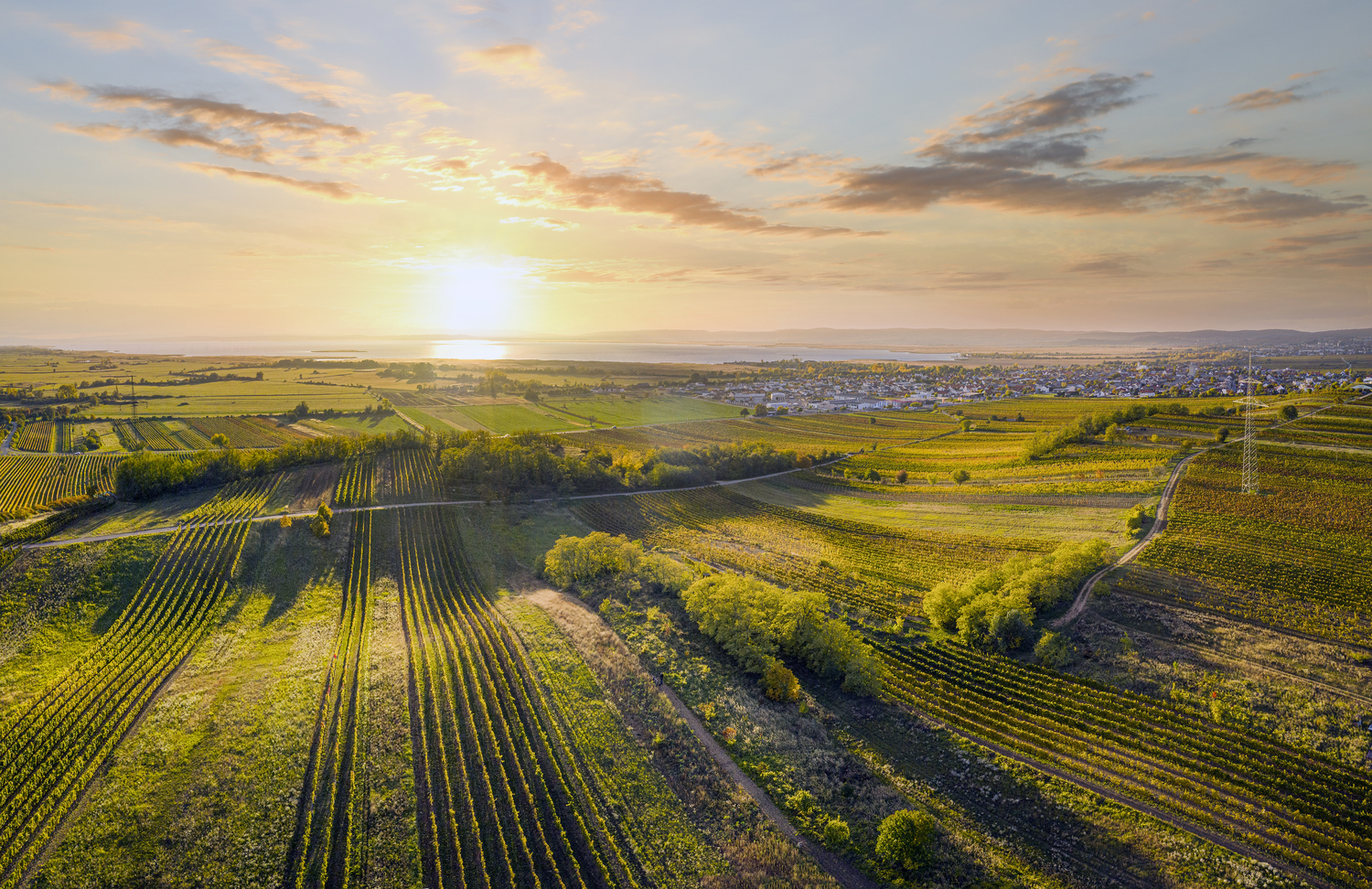
The unusual weather conditions during the 2022 growing season certainly put Austrian winemakers through their paces. Initially, it seemed that it would be a very dry year, were it not for the occasional showers of rain – which not always came at the best of times. However, the great dedication and hard work of Austria’s winemakers were recompensed with ripe, well-balanced white wines with a fine display of fruit. The red wines are outstanding, showing power, structure and velvety tannins.
The 2022 vintage was a little more differentiated than 2021, for example, depending on the grape variety, microclimatic conditions and soil characteristics. Overall, however, the wines display a pronounced ripeness, fine fruit and harmonious acidity. With a harvest volume of 2.5 million hectolitres, 2022 is slightly higher than the long-term average (2.4 million hl). Repeated rainfall before the main harvest resulted in a higher harvest volume than was initially expected because of the drought.
WEATHER CONDITIONS IN 2022
After a mild winter with very little precipitation, the vegetation initially developed similarly to the way it did in 2021. Budding didn’t occur until the end of April, which is relatively late. As a result, the dreaded late frosts posed no threat. After a long spell of dry weather, the vines blossomed relatively early, brought out by the warmth. In most regions, however, this was accompanied by repeated rainfall, together with the damaging effect that this can have during this sensitive period. Vintners in these wine-growing regions had their hands full, trying to keep the threat of fungal diseases, especially Peronospora, at bay. Coulure, which occurred in certain regions, also had a natural thinning effect on the clusters. Then came the summer months, which brought numerous hot days and, above all, extreme dryness – the likes of which had hardly ever been witnessed before. Naturally, young vines suffered most from these conditions, but so, too, did vines growing on meagre soils, which had to survive without water. Fortunately, there were no severe hailstorms, nor was there any widespread, heavy rain.
However, conditions changed significantly just before the main harvest, around 20 August. Precipitation, which was relatively heavy in some regions, was followed by two more periods of rain before the main harvest. This is not usually a good time for rainfall, but it was welcomed with open arms in most of the wine-growing municipalities. Until then, sugar ripeness was still relatively low, but this rain came at just the right time to trigger a final burst of ripening. At the beginning of September, winemakers suddenly began recording gradations like those in the outstanding 2019 season. Although acidity dropped in comparison to the two previous years, it still corresponded to the levels of 2017 and 2012 – also two very good years for wine. In general, the 2022 growing season had all the makings of another remarkable vintage. However, the unexpected rain meant that winemakers had to tend to their vines quickly to prevent the risk of rot and Botrytis.
These vagaries of the weather caused most grape varieties to ripen almost simultaneously, which also meant that rapid action was needed. As a result, in many wine-growing areas the harvest was completed in record time and already over with by the end of September. Of course, this was not the case for all regions and grape varieties; Riesling, for example, which is primarily grown north of the Danube, was allowed to ripen for as long as necessary on the vine here, although this did result in lower volumes. A beautiful Botrytis was also able to develop in the sweet-wine strongholds alongside Lake Neusiedl, which enabled the production of first-class Prädikatswein. In the run-up to Christmas, certain nights were sufficiently frosty for the highly coveted Eiswein to be harvested in both Niederösterreich (Lower Austria) and Burgenland.










